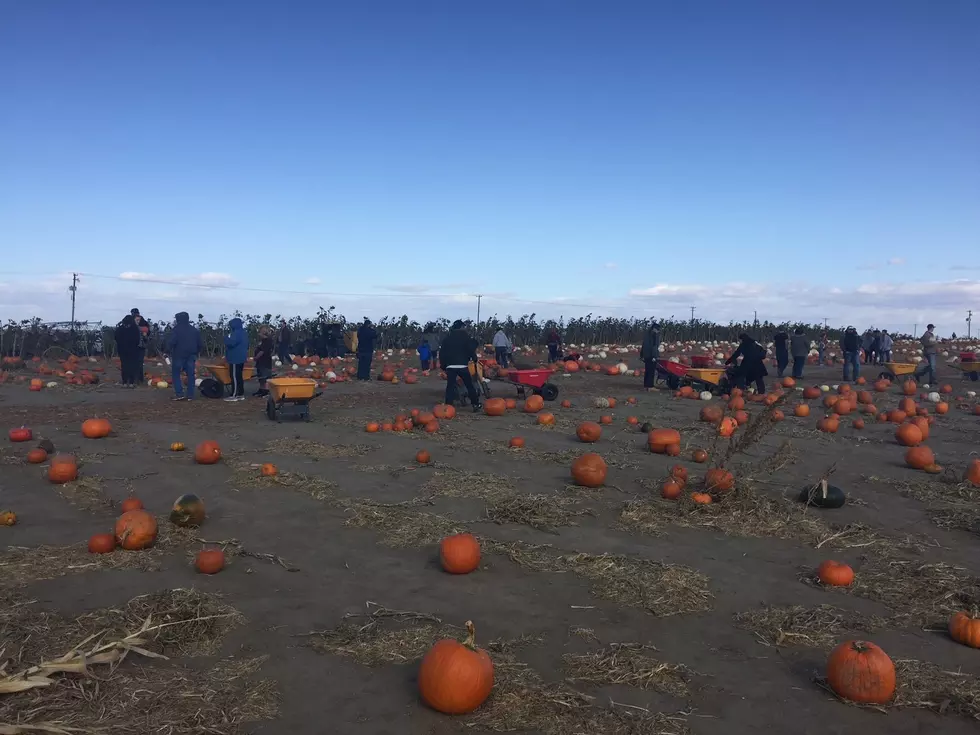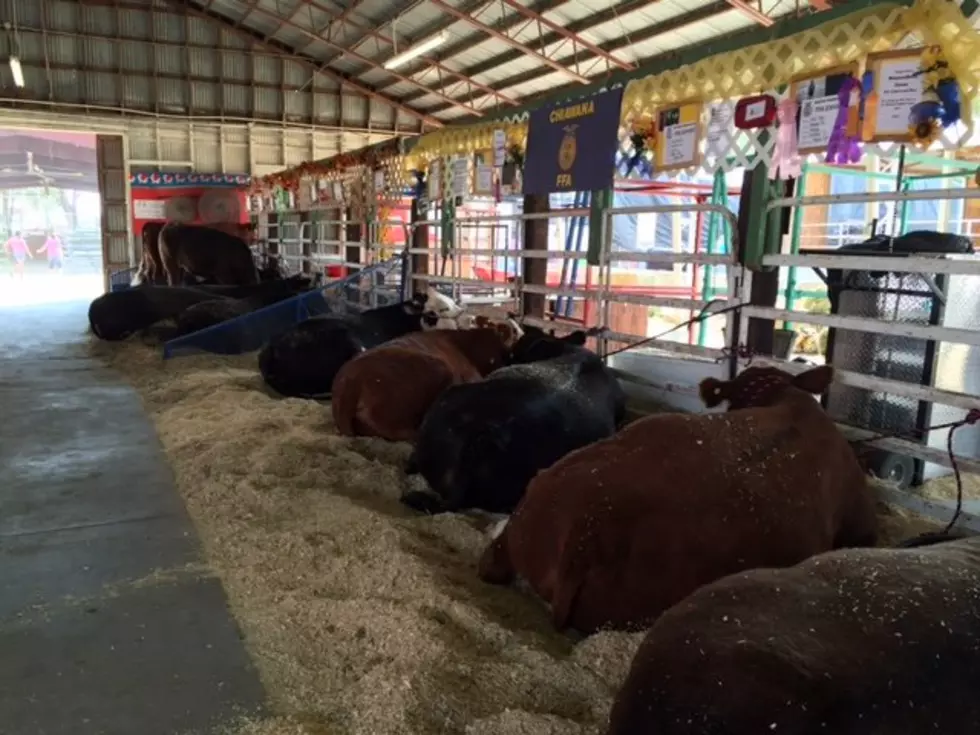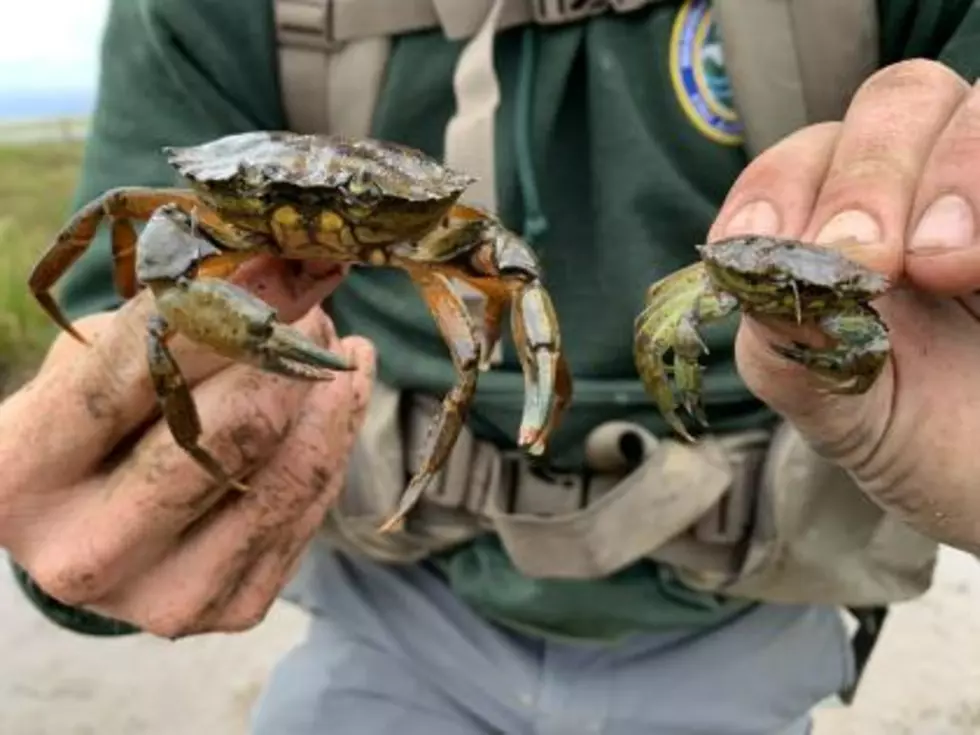
WSU Looking Into New Cases Of Elk Hoof Disease
Washington State University is researching Elk Hoof Disease and trying to determine not only why it’s spreading across the Northwest, but if the livestock industry needs to be concerned. After hunters recently spotted elk with the disease in the Olympic Peninsula, near Olympic National Park, that marks positive cases reported in southeast, southwest and now northwest Washington, as well as Oregon and Idaho. Dr. Margaret Ann Wild with WSU’s College of Veterinary medicine said while they have studied the cases reported to school officials, she acknowledges many questions remain.
“We don’t know exactly how it spreads right now, but it appears that it spreads either in contaminated environment, or through animal to animal contact. And so animals moving could likely spread the disease however humans may be spreading this disease as well.”
Dr. Wild said researchers believe Elk Hoof Disease is spread via bacteria. Does the livestock industry need to worry about Elk Hoof Disease creating problems with cattle? Dr. Wild says it’s too early to tell. She noted the bacteria involved is similar to a disease seen in dairy cattle, bovine digital dermatitis, better known as hairy heel wart.
“And the dairy cattle industry has been struggling with that for a couple of decades now, and it’s very difficult to control. It’s not known if that disease went from cattle to elk or if in the future, the disease could go from elk to cattle or to other species, or other species of wildlife.”
Dr. Wild stressed the importance of captivity research to learn more about Elk Hoof Disease. She also stressed the importance of hunter, hikers and other boots on the ground, if you see something suspicious, or recognize Elk Hoof disease to contact your local Fish and Wildlife office.
If you have a story idea for the Washington Ag Network, call (509) 547-1618, or e-mail gvaagen@cherrycreekradio.com
More From PNW Ag Network









